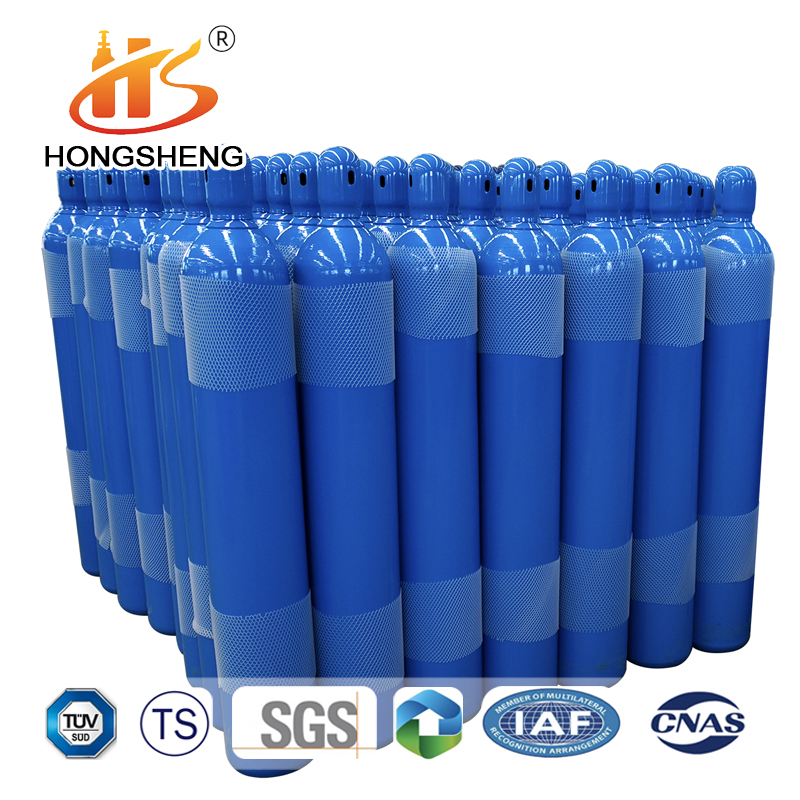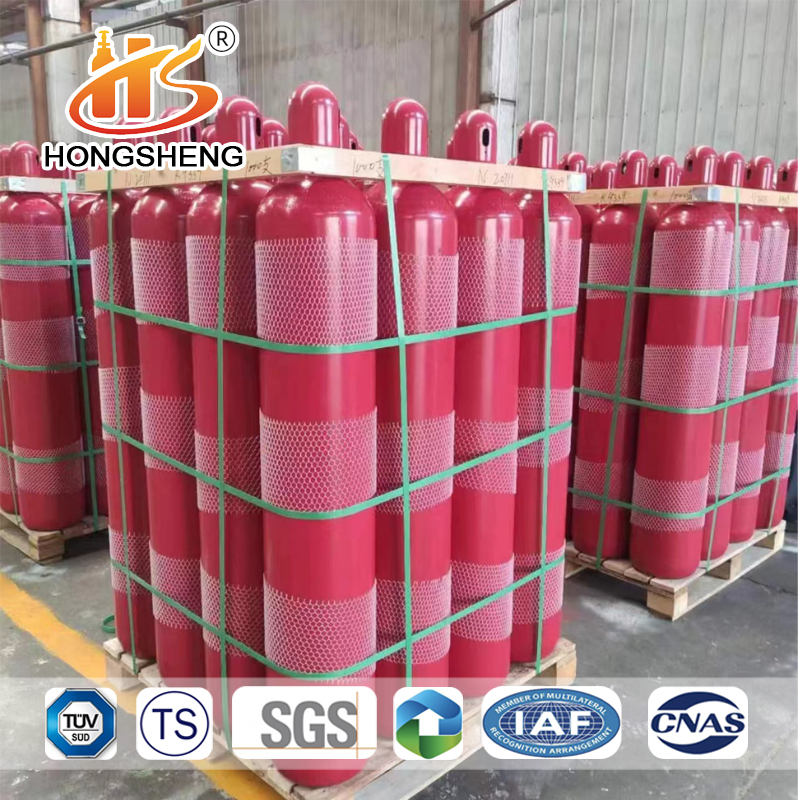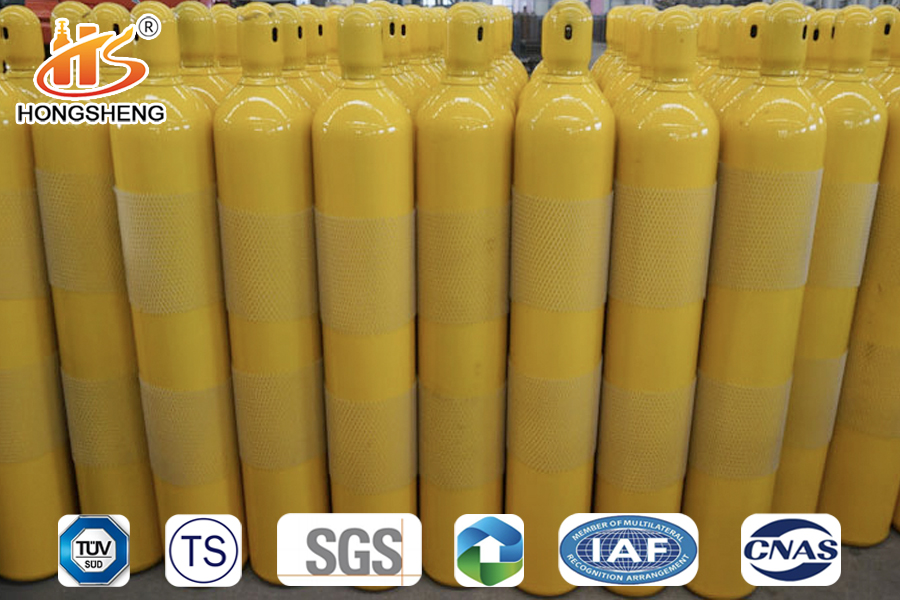High Purity Compressed Gaseous Argon Gas
High purity compressed gas argon
Use cylinder: 15L or 20L or 40L or 50L
Product Information:
1. Argon is a colorless and odorless monatomic gas with a relative atomic mass of 39.948. Argon gas is usually obtained by fractionation after air is liquefied.
2、Argon is 1.4 times denser than air and 10 times denser than helium.
3. Argon, as an inert gas, has no chemical reaction with other substances at room temperature, and is insoluble in liquid metal at high temperature. It can show its superiority in welding non-ferrous metals.
4, argon gas can be used for bulb inflation and arc welding of stainless steel, magnesium, aluminum, etc., namely "argon arc welding"
5、Aliases: High Purity Argon Gas, Gaseous Argon, Argon Gas,Compressed Gaseous , Ar Gas
6, storage: the use of seamless steel cylinders: such as 40 litres, 50 litres, 60 litres, 68 litres, 70 litres, 80 litres and so on.

Argon is a non-toxic, odorless, colorless and non-flammable gas stored in steel cylinders at high pressure.
It causes rapid suffocation when the concentration is high enough to reduce oxygen levels below 19.5%.
It is heavier than air and may be concentrated low. Self-contained breathing apparatus (SCBA) may be required.
Purity: 99.99%
Package: steel argon gas bottle
Charging pressure: 150bar Test pressure: 250bar
Cylinder color: Selected according to requirements
Product Description:
Argon is a non-toxic, odorless, colorless and non-flammable gas stored in steel cylinders at high pressure. It causes rapid suffocation when the concentration is high enough to reduce oxygen levels below 19.5%. It is heavier than air and may be concentrated low. Self-contained breathing apparatus (SCBA) may be required.

Gas safety tips:
1、Argon is a rare gas widely used in industry. It is very inert in nature and neither burns nor supports combustion. In aircraft manufacturing, shipbuilding, atomic energy industry and machinery industry, for special metals such as aluminum, magnesium, copper and its alloys and stainless steel, argon is often used as welding protection gas to prevent the welding parts from being oxidized or nitrided by air.
2. If argon gas is inhaled, quickly leave the scene to fresh air. Keep airway open. If breathing is difficult, give oxygen. Breathing. Cardiac arrest, immediate CPR, seek medical attention.
3. If the skin is exposed to argon, in case of frostbite, soak the affected part in warm water at 38~42℃ for rewarming, do not rub, do not use hot water or radiant heat. Use a clean, dry dressing and seek medical advice.
Shandong Hongsheng Pressure Vessel Co., Ltd. is willing to be your long-term partner and chief cylinder safety officer, and jointly escort your cylinder safety.

Storage: Cylinders should be stored in an upright position in a well-ventilated, safe area and not affected by the weather. The temperature of the storage area should not exceed 125 °F (52 °C) and there should be no combustible material in the area. Storage should be away from high-traffic areas and emergency exits. Avoid areas where salt or other corrosive substances are present. Valve protective caps and valve outlet seals should be retained on cylinders not connected for use. Separate the full cylinder from the air cylinder. Avoid excessive inventory and storage time. Use a fifO system. Maintain good inventory records.
Handling: Do not drag, roll, or slide the cylinder. Use a suitable cart designed for cylinder movement. Do not attempt to lift the cylinder through the head. Always secure the cylinder when in use. Safely vent gas from cylinders using a reduced pressure regulator or separate control valve. Use check valves to prevent reverse flow into the cylinder. If the user experiences any difficulty operating the cylinder valve, discontinue use and contact the supplier. Do not insert objects (e.g., wrenches, screwdrivers, pry bars, etc.) into the cover opening. Doing so can damage the valve and cause a leak. Remove tight or rusty LIDS using an adjustable strap wrench.
















